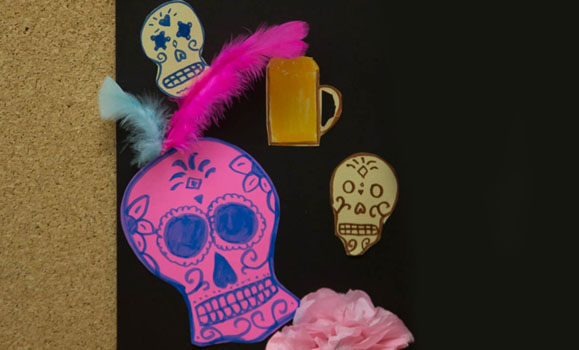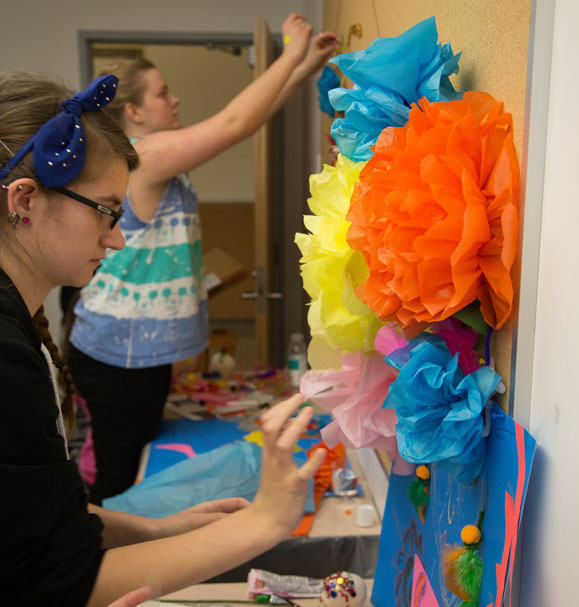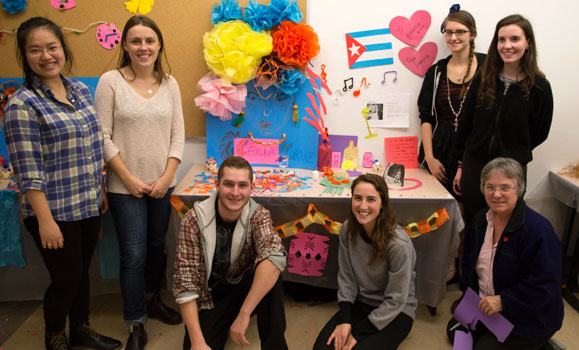Día de los Muertos is not “Mexican Hallowe’en.”
In fact, the two have little in common. Though they take place around the same time of year and both have affiliations with death, that’s really where the comparison ends. The Día de los Muertos, or "Day of the Dead," takes place over two days, not one, and they are the first and second of November. One day is dedicated to lost children, the other to lost adults.
This year, on October 30, Dal hosted a workshop on the elements of Día de Los Muertos allowing students to learn more about the fantastical celebration. The event was hosted by the Department of Spanish, the ������Ƶ Spanish Society and the Latispánica Cultural Association.
The workshop began with a brief presentation from Verónica Mendoza who was born and raised in in Mexico. She explained how the history of the holiday is rooted in both Mexican indigenous culture and the traditions of Christian colonizers. She went on to describe the celebration.
Though one might assume a day to honour lost loved ones would be a sombre occasion, that’s just not the case: it’s a day to celebrate them with joy, cheerfulness and colour, and in some small towns they even throw a party in their honour.

So what does the Day of the Dead consist of?
Well, to begin, people make altars. These involve imagery, flowers, decorations, candy skulls and crosses. They also include food: whatever your guest enjoyed in life, you will lay out for them. The idea behind making the altar is that the person will be remembered for who they were in life and it is generally believed that the souls of our loved ones return home to join in the festivities.
Great care is taken while making these altars since it is believed that the spirits are capable to bring good fortune if pleased by their altar and will help through the coming year. At Dal’s workshop, the altar making was front-and-centre as the group split up to honour famous Spanish people from beyond. Among those honoured were Salvador Dali, Gabriel Garcia Marquez and Frida Kahlo.

Another essential element involved in Día de Los Muertos is food. Pan de muertos is a dense bread that is very sweet, with a cross formed by bones shaped into the top. The event featured the bread, which was delicious, as well as chocolate milk (usually it’s accompanied by hot chocolate). It featured a traditional dance based on the story of the witch, and even homemade candy skulls.
With at least 40 people in attendance, it’s safe to say the workshop was a hit.


